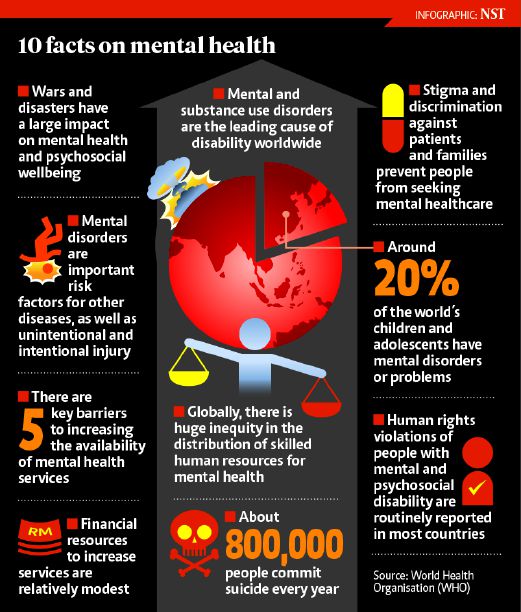Therapy For Ptsd
Therapy For Ptsd
Blog Article
What Kinds of Therapy For PTSD Are Available?
Treatment for PTSD aids you find out to handle your signs and symptoms and gain back control of your life. It can include oral medications or chat treatments. Psychiatric therapy, or talk therapy, is the most common therapy for PTSD. It can occur one-on-one or in a group setting.
Symptoms of PTSD can range from being conveniently startled to preventing tasks and individuals. These symptoms can also impact relative and youngsters.
Cognitive behavior modification (CBT).
CBT focuses on altering unfavorable patterns of assuming and actions that may be causing PTSD signs. This treatment is commonly short-term and client-centered, with the therapist and client establishing therapy objectives with each other. CBT has actually been revealed to reduce PTSD symptoms in a number of scientific tests making use of clinician-administered and self-report actions of PTSD. These results are mediated mainly by modifications in maladaptive cognitive distortions, with some research studies reporting physical, useful neuroimaging, and electroencephalographic adjustments correlating with response to CBT.
TF-CBT uses psychoeducation and imaginal exposure to instruct clients exactly how to much better control emotions and handle their injuries. This treatment has actually additionally been revealed to boost PTSD signs and symptoms in youngsters and adolescents.
Eye movement desensitization and reprocessing (EMDR).
EMDR is an evidence-based therapy that works by helping individuals process trauma utilizing adaptive information processing. It can be utilized by itself or with other therapies. It has been shown to be effective in treating PTSD. EMDR is widely used worldwide.
It begins with history-taking and a collective treatment plan. During this phase, you will certainly speak about the factor you are looking for treatment and recognize traumatic memories you intend to concentrate on. The specialist will certainly likewise instruct you methods to handle any type of hard or distressing emotions that may arise throughout a session.
Throughout the recycling stage, you will recall a traumatic memory while paying attention to a back-and-forth movement or audio (like your copyright's hand crossing your face) up until the unfavorable pictures, thoughts, and feelings associated with it start to lessen.
Somatic experiencing.
A specialist that focuses on this method will help you familiarize the physical feelings that accompany your PTSD signs. They'll also teach you just how to recognize your free nervous system and its role in the injury feedback.
Unlike various other trauma therapies, somatic experiencing does not concentrate on memories or emotions. Instead, specialists function to release the tension from your body and soothe your signs and symptoms.
This therapy has been found reliable in a variety of randomized controlled trials. However, the arise from these research studies are limited by small example dimensions and other technical shortages. These drawbacks limit the exterior credibility of these findings.
Present-centered treatment.
Present-centered treatment (PCT) is a non-trauma focused psychiatric therapy that intends to improve patients' partnerships, impart hope and optimism, and advertise analytical. While PCT lacks direct exposure and cognitive restructuring methods of trauma-focused therapies, it has actually been shown to be as effective in lowering PTSD signs as trauma-focused CBTs.
In a series of eleven researches, PCT was compared to a wait checklist or very little contact control problem and to TF-CBT. PCT was superior to the WL/MA problems in minimizing self-reported PTSD symptoms at post-treatment, and it was associated with minimized treatment failure rates. However, the impact size was not large sufficient to be scientifically meaningful.
Reflection.
Meditation aids individuals calm their nerves and practice self-care. This treatment focuses on the physical experience of breathing, and individuals might obtain distracted by ideas or emotions, yet it is very important to return their focus to the breath time and again.
PTSD impacts not just those who have actually directly experienced the trauma, however also witnesses and those that work with emergency situation responders or police. Symptoms of PTSD can consist of intrusive, disturbing memories, flashbacks or headaches, and difficulty focusing or resting.
Preventing painful memories and sensations is an usual reaction to injury, but it just makes symptoms even worse. It's important to look for treatment before PTSD hinders your life and connections.
Twin diagnosis therapy.
Symptoms of co-occurring PTSD and material make use of condition (SUD) are usually linked and both have to be dealt with in recuperation. People that experience PTSD can be more likely to turn to alcohol or medications to self-medicate and momentarily reduce invasive thoughts, flashbacks and adverse mood swings.
PTSD signs depression treatment consist of persistent and spontaneous upsetting memories or desires, vivid and dissociative reactions that seem like reliving the event, staying clear of places, people, discussions, or objects connected with the injury, feelings of hypervigilance and being constantly on guard or conveniently surprised, and sensations of psychological numbness.
Double medical diagnosis treatment includes treatment and learning healthier coping devices. It might also include pharmacotherapy, such as antidepressants or state of mind stabilizers.